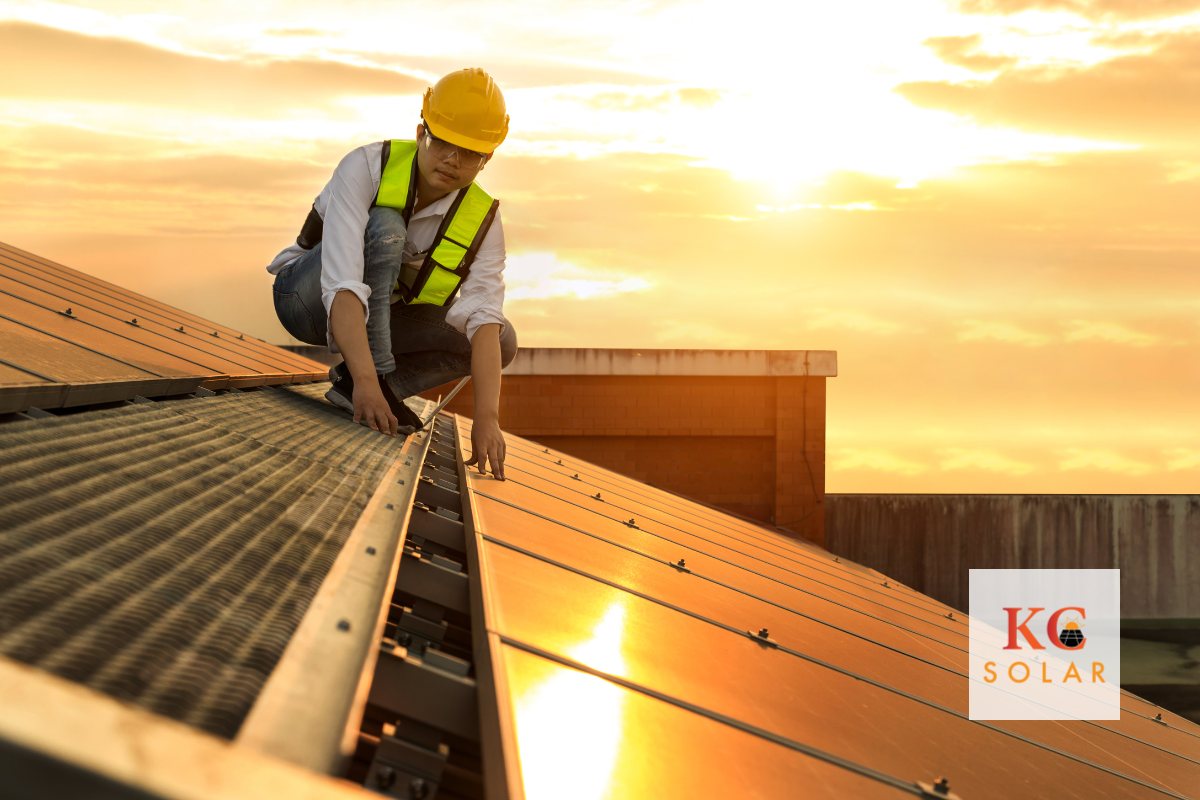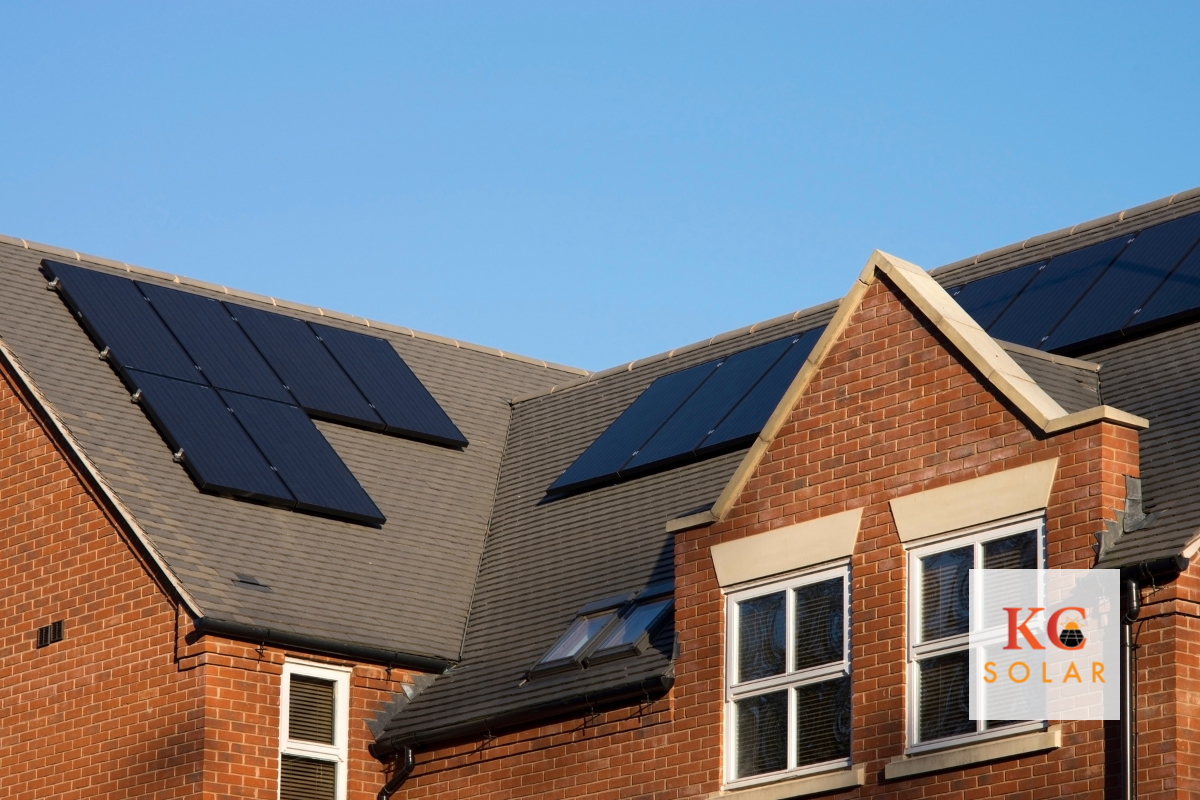We’re always keeping a pulse on solar news and solar innovations around the world, and something caught our eye this week: using solar farming, Germany is growing hops for beer under solar panels. As fans of beer and solar panels, what could be better?
Solar farming, also known as agrivoltaics, is the practice of growing plants under the shade of solar panels.
Keep reading to learn more about how solar farming works, the best crops for solar farming, and some solar farming success stories around the world.
How Solar Farming Works
Agrivoltaics or solar farming offers a promising solution for using a single plot of land to serve two purposes: Feeding the increasing world population, and generating renewable energy. This approach makes land more efficient by enabling the coexistence of solar farms and agriculture.
Traditionally, land used for solar farms was considered to be wasted for any other purpose, but agrivoltaics has changed that perception. By strategically positioning solar panels at an appropriate height, allowing sunlight to filter through, and optimizing the spacing between panels, farmers can cultivate various crops beneath the panels without compromising their growth or solar panel efficiency.
Not only is it a great way to kill two birds with one stone, so to speak, but there’s also evidence supporting the idea that crops grow more efficiently with solar panels above. The panels provide shade, reducing extreme temperature fluctuations and preventing evaporation. This controlled environment can lead to increased crop yields and even extended growing seasons.
Additionally, agrivoltaics can significantly reduce water consumption by creating a cooler and more humid environment underneath the solar panels. This is especially important in regions facing water scarcity and where traditional agriculture requires heavy irrigation.
The Best Crops for Solar Farming
Of course, not all crops respond the same way to being grown using agrivoltaics. Here are some of the best options for growing plants under the shade of solar panels:
Leafy Greens: a top choice for agrivoltaics due to their fast growth, shallow root systems, and ability to thrive in partially shaded environments. Varieties such as lettuce, spinach, kale, and arugula are particularly well-suited for growing under solar panels.
Herbs: basil, cilantro, mint, and parsley prefer less intense sunlight and can tolerate the controlled microclimate underneath the panels. The shade not only protects these delicate herbs from scorching sun, but also prolongs their harvest period.
Medicinal Plants: ginseng, for example, prefers shaded environments with consistent moisture levels. Similarly, St. John’s Wort and other herbs used in holistic medicine can flourish in these controlled microclimates.
Berries: not all fruits thrive under solar panels, but some berry varieties can adapt well to the partially shaded environment. Strawberries and blueberries, for example, can produce satisfactory yields with reduced direct sunlight.
Mushrooms: particularly shade-loving varieties like oyster mushrooms, shiitake, and reishi, can thrive in the dimly lit spaces beneath solar panels. The shade and cooler temperatures provided by the panels create an environment conducive to successful mushroom cultivation.
Solar Farming Success Stories Around the World
Besides the example with Germany and the hops, there are plenty of instances of successful solar farming stories around the world as well as here in the U.S.
In Japan, there is limited arable land, which means they’ve had to get creative. And as a result, Japan has been at the forefront of agrivoltaics, successfully demonstrating the integration of solar panels and agriculture. In rural areas, solar sharing initiatives have gained momentum, with farmers growing crops beneath solar panels.
The shade provided by the solar arrays creates a conducive environment for shade-tolerant crops like mushrooms, herbs, and leafy greens. This dual-use approach has not only increased agricultural productivity but also diversified income streams for farmers, making them less reliant solely on traditional crop yields.
In India, agrivoltaics has emerged as a win-win solution for addressing water scarcity and sustainable agriculture. Farmers in Gujarat, Rajasthan, and Maharashtra have adopted solar farming to grow crops like potatoes, cabbages, and carrots beneath solar panels.
By strategically positioning the solar arrays, the panels offer shade to the crops, reducing water evaporation and helping conserve precious water resources. Simultaneously, the solar panels generate clean energy, providing much-needed electricity to power rural communities and agricultural operations.
In wine-producing regions like France, solar farming has been creatively integrated into vineyards. Grapevines are often sensitive to extreme temperatures and sunlight intensity. This means that the controlled microclimate under solar panels is an ideal environment for cultivating grapes used for wine.
The shade helps mitigate the risk of sunburn on the delicate fruit, while the panels generate electricity to power the vineyard operations and surrounding communities. This dual-use approach allows wineries to enhance their sustainable practices while maintaining the quality of their grapes.
Farmers… Let’s Talk About Solar
If you are looking for the best solar company in Kansas City, look no further than KC Solar. They are your local Missouri and Kansas solar panel installation experts. Once you schedule a no-pressure site visit, our experts will help you understand what solar system specifications would be best for your home, business, or farm.
KC Solar is a local company made up of KC natives with KC pride — in our city, and in our work. Which means we’ll always give you the best of ourselves.
And be sure to download our Free Solar Panel Buying Guide for more information.






